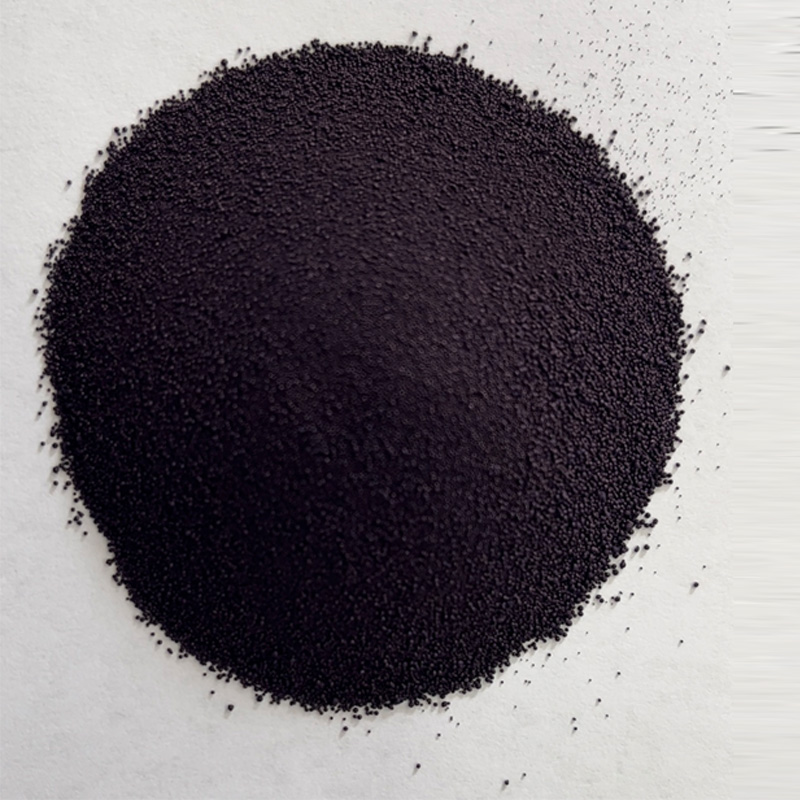indigo dye
Indigo dye, one of the oldest dyes known to humanity, possesses a rich history that spans continents and cultures. This captivating blue pigment, derived from the leaves of the indigo plant, has been utilized for centuries to create vibrant textiles, embodying both aesthetic beauty and cultural significance.
The origins of indigo dye can be traced back over 6,000 years to ancient civilizations in regions like India and the Middle East. Historically, the dye was extracted from plants such as Indigofera tinctoria, which thrived in the tropical and subtropical climates. The process of dyeing with indigo is unique; it involves fermentation and oxidation, transforming the plant’s colorless precursor into the iconic deep blue hue. This labor-intensive method made indigo a prized commodity, often referred to as blue gold.
In India, indigo dyeing reached its zenith during the Mughal era, where artisans perfected intricate techniques to create stunning patterns on textiles. The dye became an essential export, ultimately leading to the establishment of indigo plantations in various colonies, including those in the Caribbean and South America. European merchants recognized the financial potential of indigo, which resulted in a complex web of trade that significantly impacted the global economy.
indigo dye

In addition to its economic implications, indigo dye has profound cultural significance. In West Africa, for example, indigo-dyed cloths are traditionally associated with spirituality and identity. The color blue is often symbolic of protection and connection to the divine. Similarly, in Japan, indigo dyeing, known as aizome, has centuries-old traditions, where artisans create beautiful fabrics using unique resist-dyeing techniques.
In contemporary times, the appeal of indigo dye has resurged, particularly with the rise of sustainable fashion. As consumers grow increasingly aware of the environmental impacts of synthetic dyes, many brands turn to natural and eco-friendly alternatives like indigo. The revival of artisanal dyeing practices has also led to a renewed appreciation for the craftsmanship involved in creating indigo textiles.
Today, as we celebrate the beauty and history of indigo dye, it serves not only as a testament to human creativity but also as a reminder of our connection to nature and the importance of sustainable practices in the fashion industry. From traditional garments to modern designs, indigo continues to inspire and enrich our cultural landscape, embodying a timeless elegance that transcends generations.
-
Thermal Stability Analysis of Bromo Indigo Pigments
NewsJun.06,2025
-
Sulphur Black Dye Oxidation Process Optimization
NewsJun.06,2025
-
Lightfastness Testing of Bromo Indigo Dyed Denim
NewsJun.06,2025
-
Granule Size Distribution and Jeans Color Uniformity
NewsJun.06,2025
-
Gradient Dyeing Methods with Indigo Blue Granules
NewsJun.06,2025
-
Dyeing Temperature Effects on Sulphur Black Color Fastness
NewsJun.06,2025
-
Sulphur Black Dyes in Daily Use
NewsMay.07,2025

Sulphur Black
1.Name: sulphur black; Sulfur Black; Sulphur Black 1;
2.Structure formula:
3.Molecule formula: C6H4N2O5
4.CAS No.: 1326-82-5
5.HS code: 32041911
6.Product specification:Appearance:black phosphorus flakes; black liquid

Bromo Indigo; Vat Bromo-Indigo; C.I.Vat Blue 5
1.Name: Bromo indigo; Vat bromo-indigo; C.I.Vat blue 5;
2.Structure formula:
3.Molecule formula: C16H6Br4N2O2
4.CAS No.: 2475-31-2
5.HS code: 3204151000 6.Major usage and instruction: Be mainly used to dye cotton fabrics.

Indigo Blue Vat Blue
1.Name: indigo blue,vat blue 1,
2.Structure formula:
3.Molecule formula: C16H10N2O2
4.. CAS No.: 482-89-3
5.Molecule weight: 262.62
6.HS code: 3204151000
7.Major usage and instruction: Be mainly used to dye cotton fabrics.

